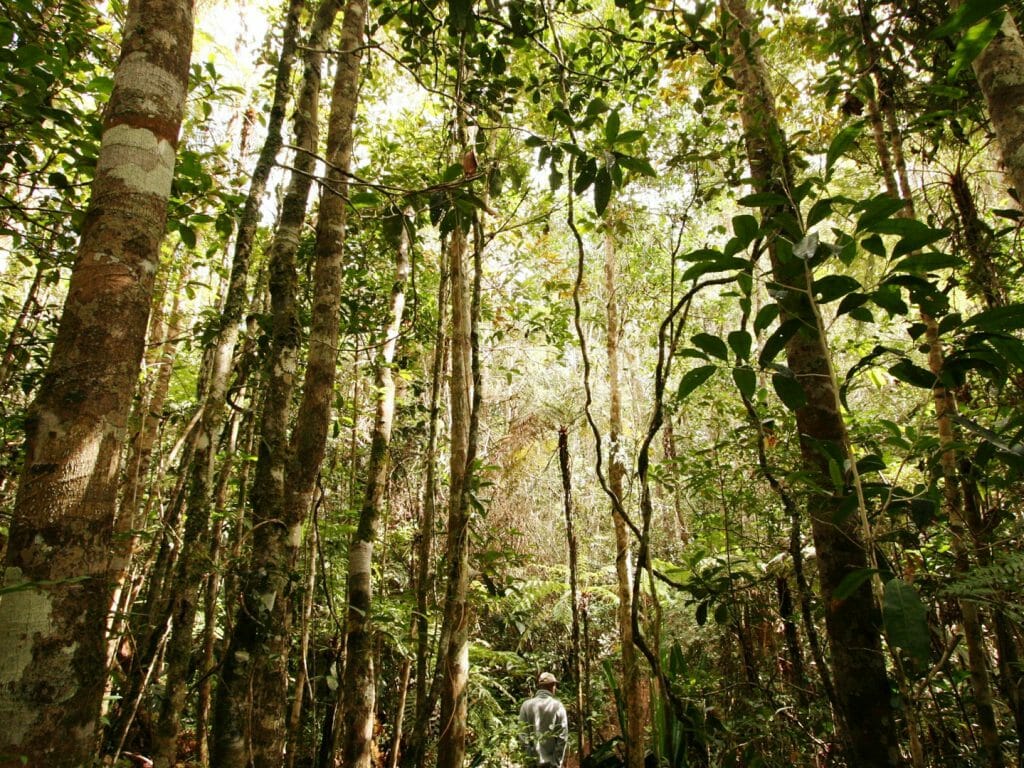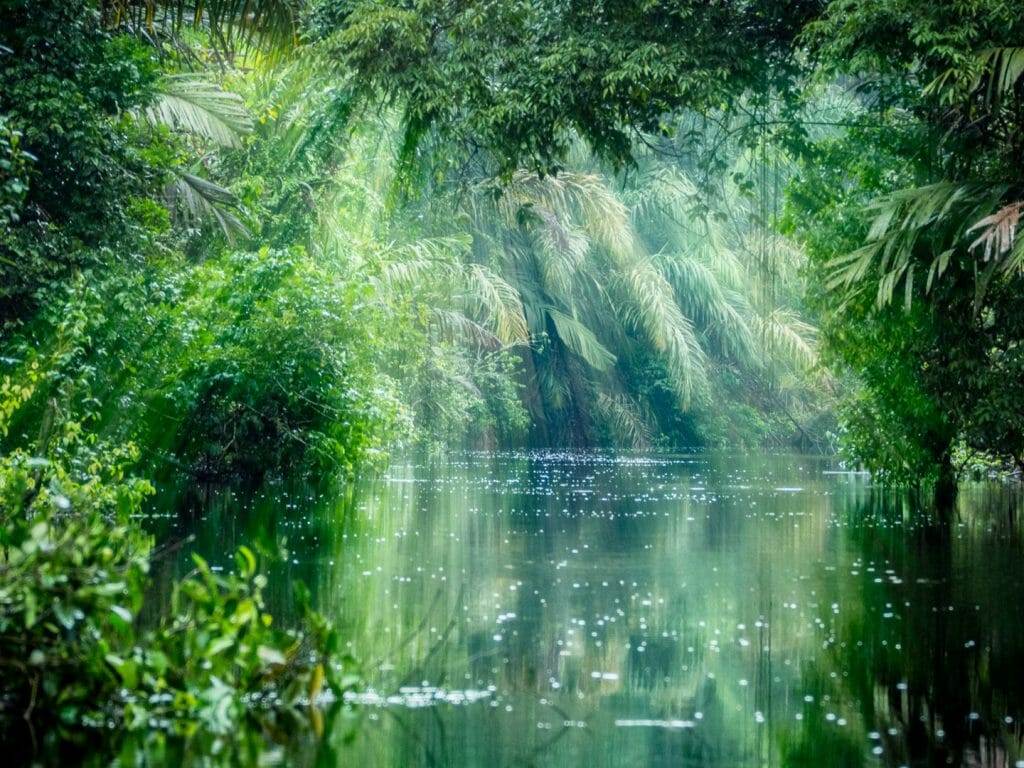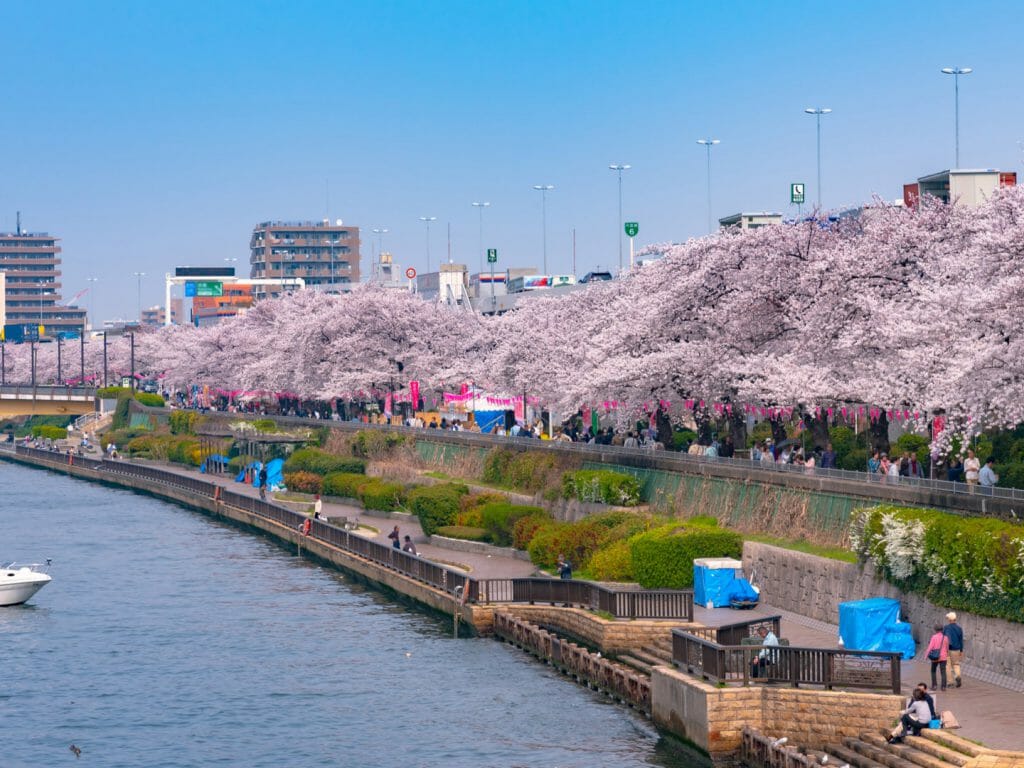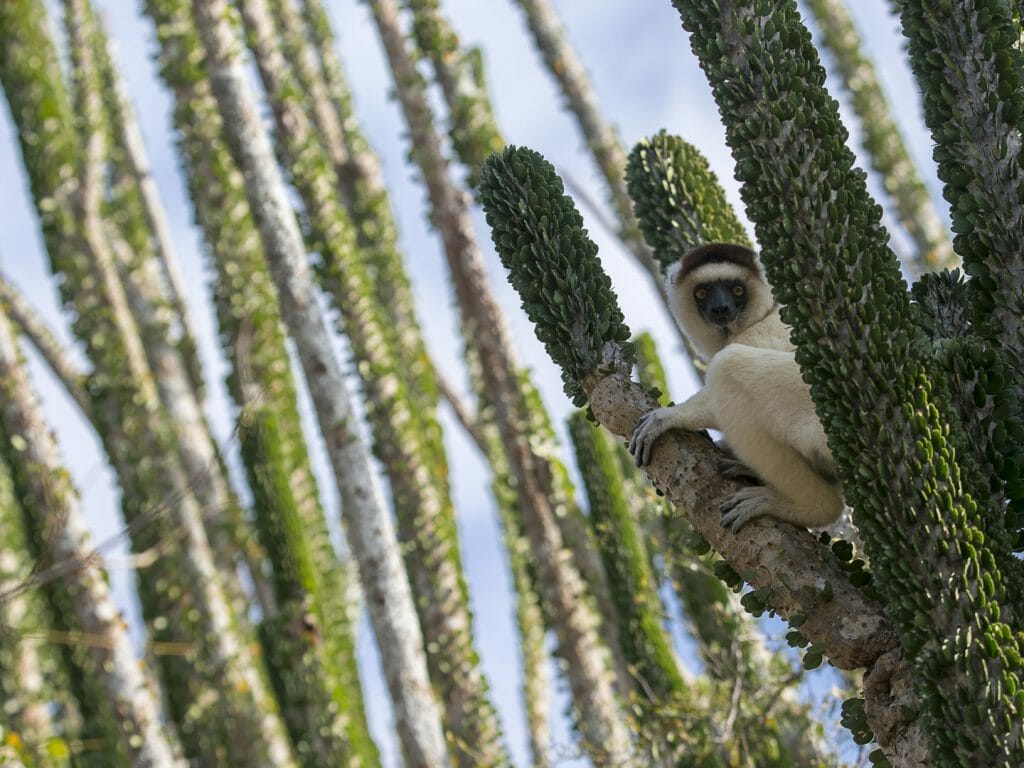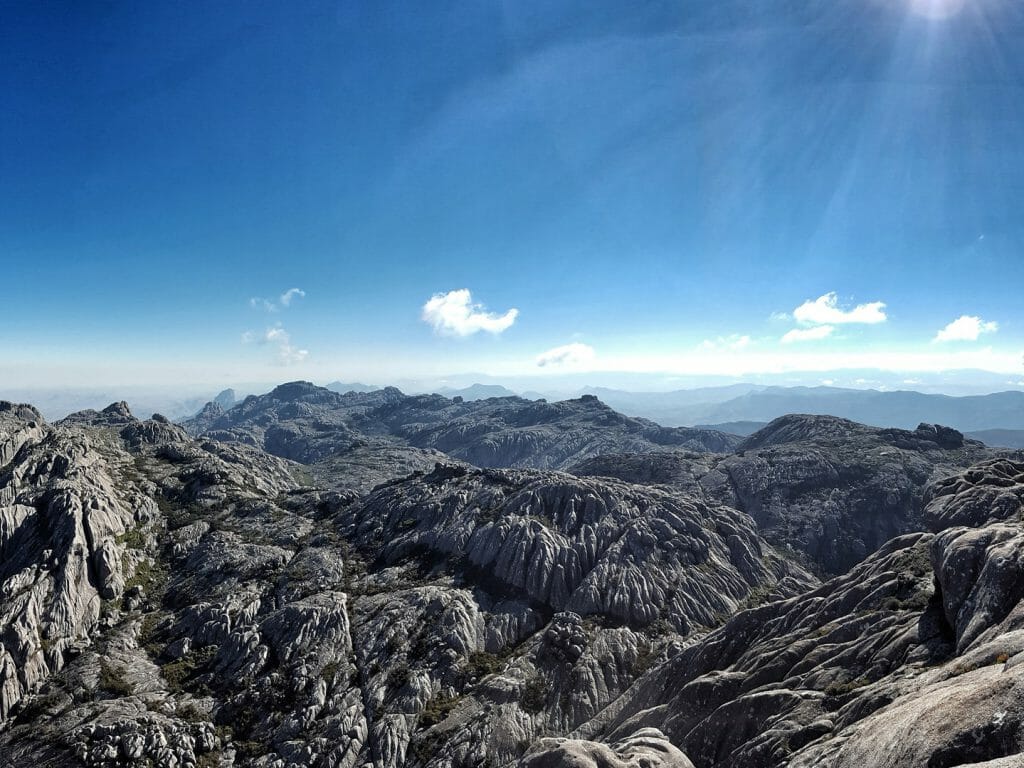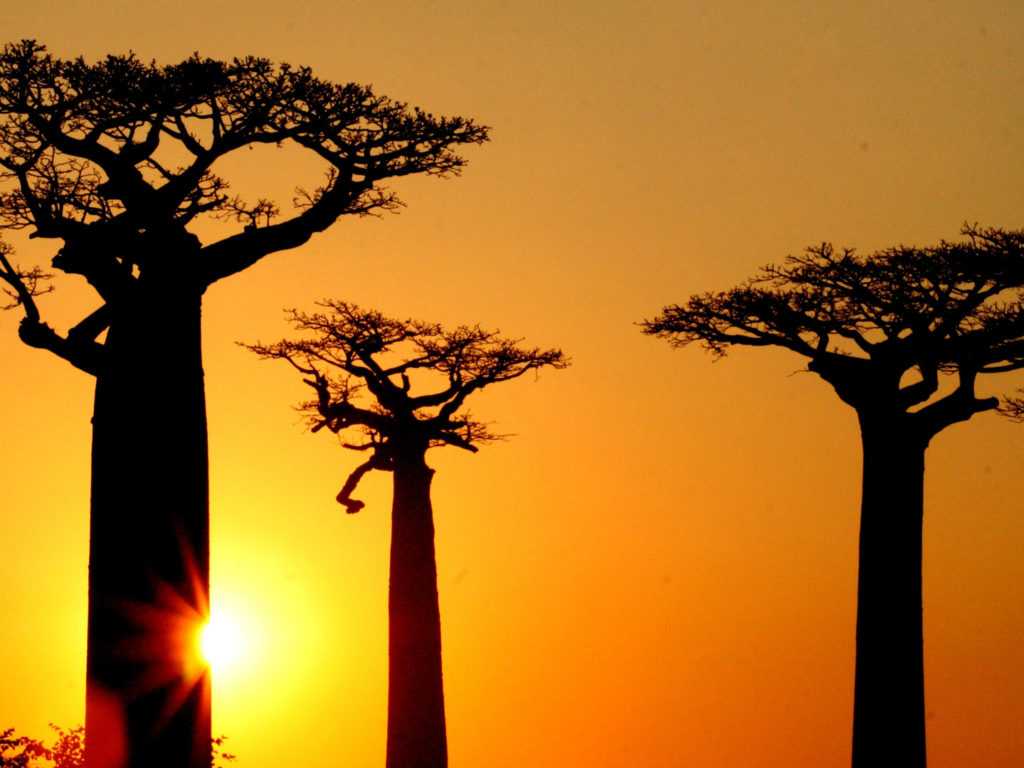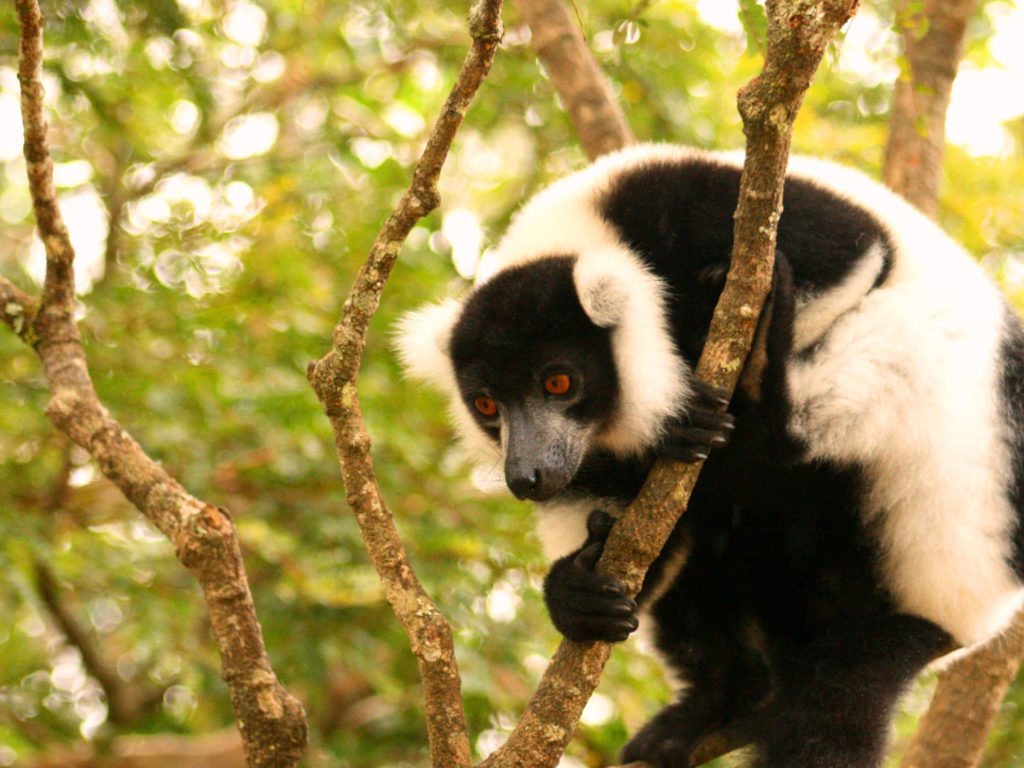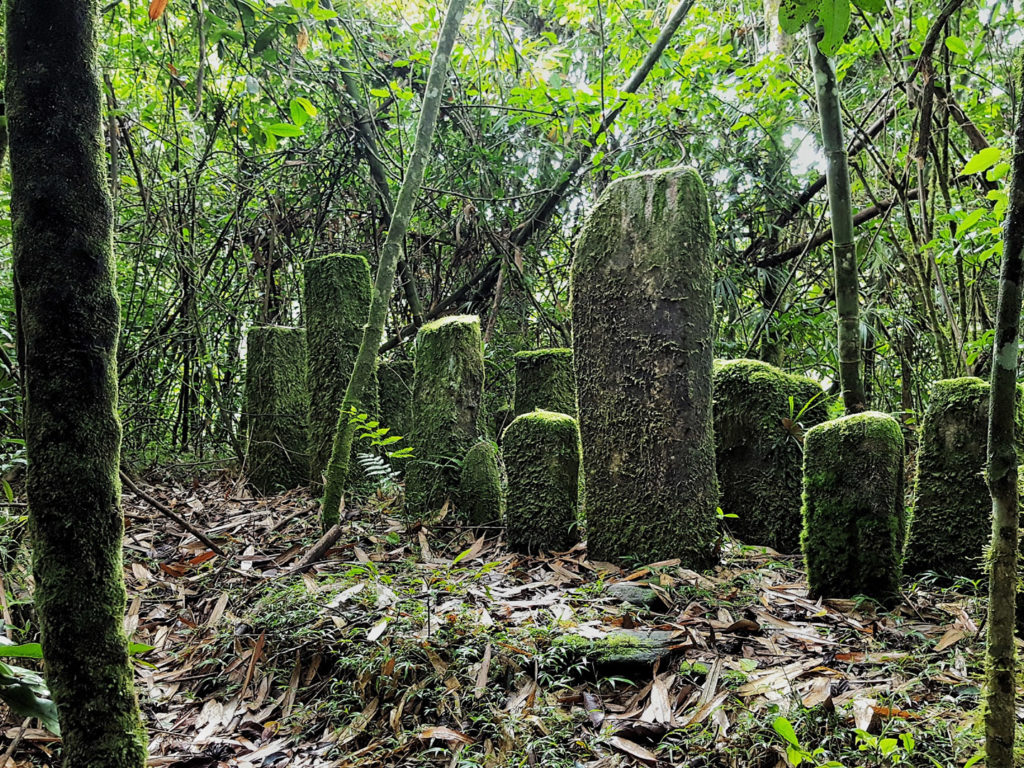“This is the sacred courtyard where they slaughter the animal and then spray the blood around for good luck.” My guide Jocelyne explained, “but it can also be used for family picnics.”
And so I find myself on my first day in Madagascar at Ambohimanga, a UNESCO heritage site on the outskirts of the capital, Antananarivo, considered central to the cultural identity of the dominant Merina tribe. Home to the former king and now a popular tourist site with both vazaha (non-Malagasy) and locals alike, the latter who gather here to pay respect to the deceased. Looking out across the beautiful gardens and the spectacular views of rice paddies and small villages to the capital I can see why the royals chose this spot.
So important was it to the Malagasy that it was off-limits to Europeans until recently and is still revered as a site where offerings are made. The minister of culture comes here each New Year to slaughter a zebu bull and a smaller area of stones at the back of the palace show signs of more personal offerings – candle wax, honey and rum.
Conscious that there are numerous fadys – local taboos – associated with visiting such places I asked what I should avoid doing at the site so as not to cause offence to the ancestors. “There are 3 important things,” Jocelyne said, “Firstly, never point directly at something, use a crooked finger. Secondly, always enter a room here with your right foot forward.” “And the third?” I asked innocently. “Definitely no pissing on the offerings.”
Seemed like sound advice, so with that, we headed back to the car, passing groups of people enjoying time with their family, both alive and long gone and leaving me slightly bewildered as to what surprises Madagascar has in store for me.


